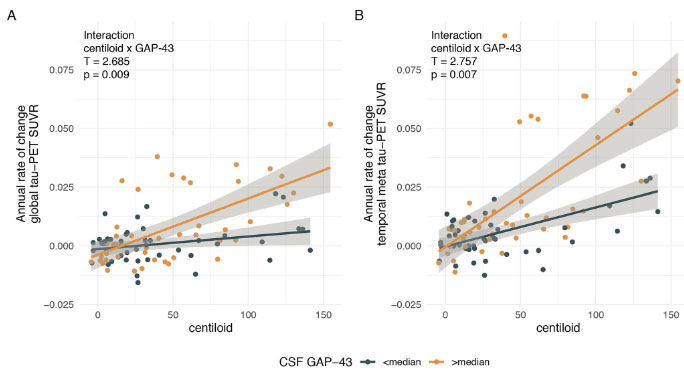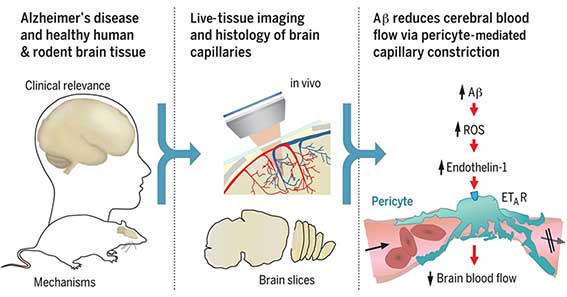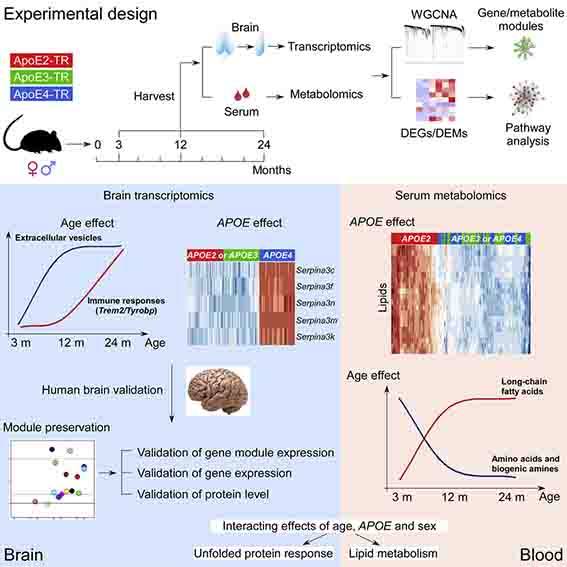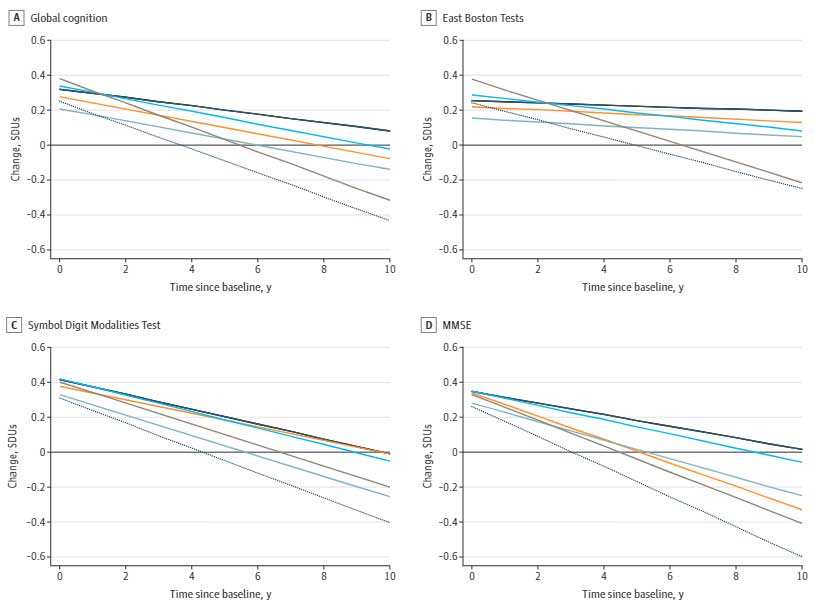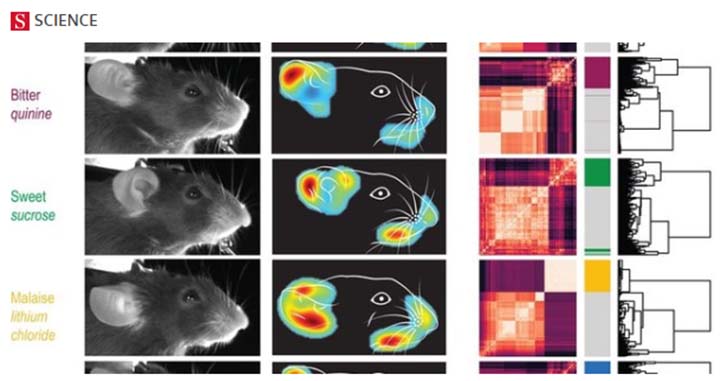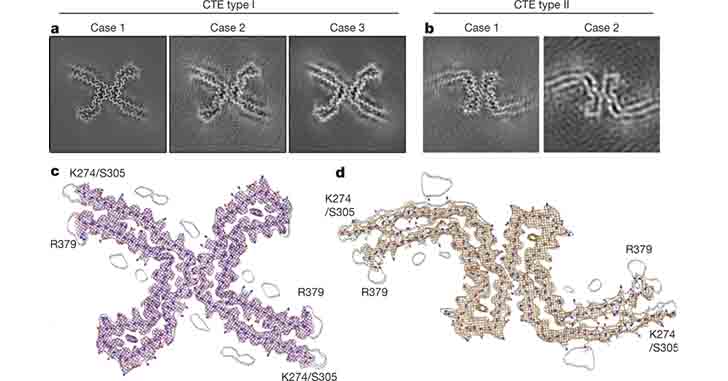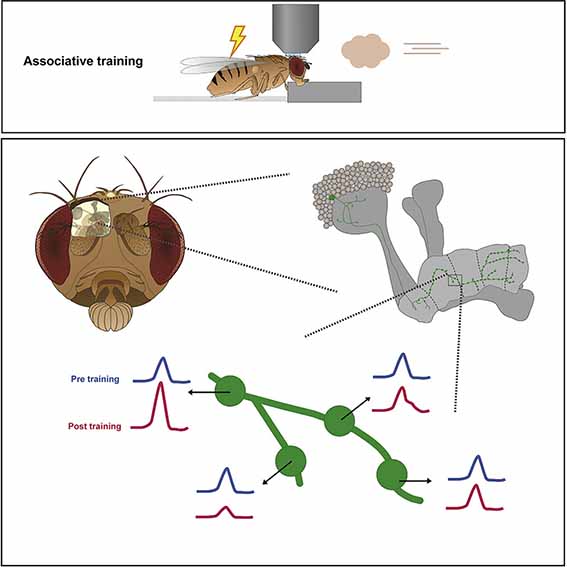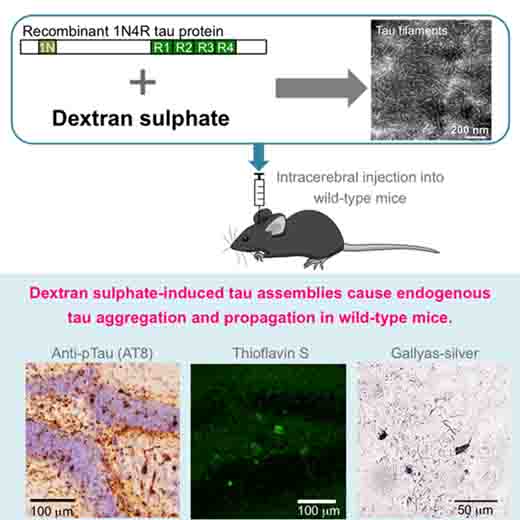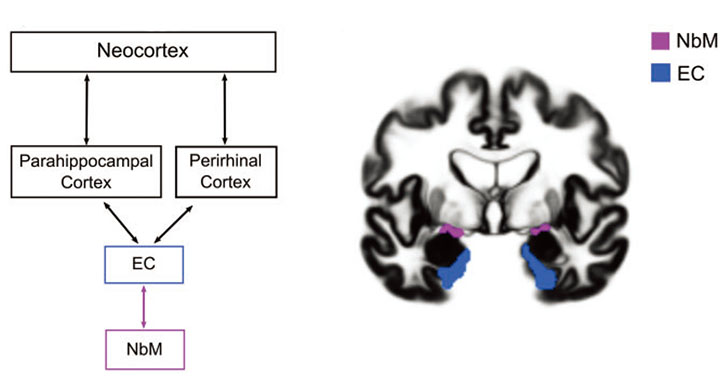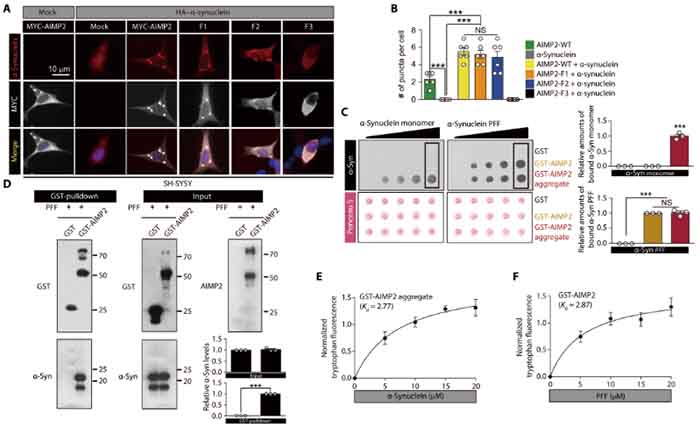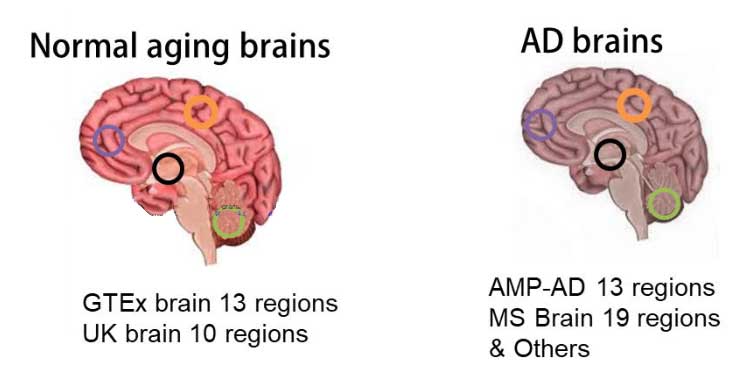
高齢になればなるほどアルツハイマー病 (Alzheimer's disease, AD) に罹患する人たちの数は増えていきますが、
同じ年齢でも AD になる人とならない人がいます(どんな病気でもそうですが。)
その原因を究明すべく、研究者たちは日夜頑張っているわけですが、
今回、アメリカ・マウントサイナイ医科大学の Dr. Tu らの研究グループは、
- AD の人たち
- AD じゃない人たち
の脳のトランスクリプトーム解析を行い、遺伝子発現のプロファイルの違いについて解析しました。
まだプレプリントですが、ちょっとおもしろいと思ったので載せておきます。
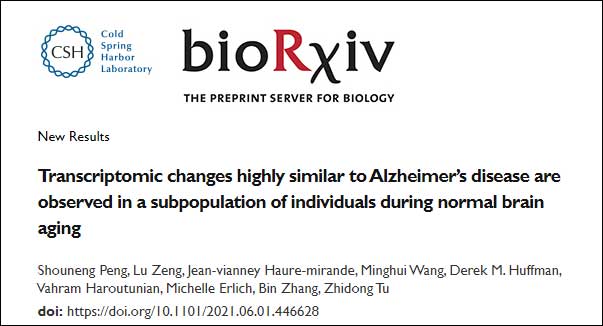
将来アルツハイマー病になるかもしれない人たちの脳の特徴……?
AD脳 と 認知機能正常脳 の比較
著者らは、入手可能な複数のデータベースから、AD と健常人のトランスクリプトーム解析データを調べました。

- GTEx brain data (13 brains, 20-70 yo)
- UK brain data (134 brains, ≤70 yo)
- Mount Sinai brain data (364 brains)
- その他色々……
まず彼らは、同じ年齢のADと健常脳のプロファイルを比較ました。
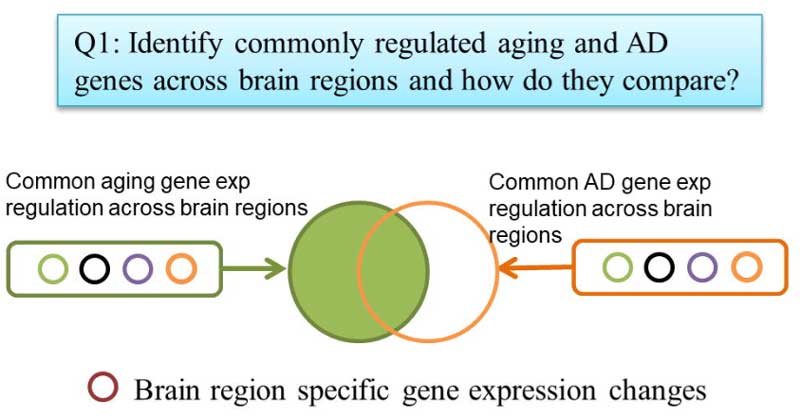
すると、
- 免疫補体系のパスウェイ ↑
- シナプス関連パスウェイ ↓
などの変化が共通で起こっていました。
一方、両者の違いとしては、
- 健常高齢者脳で特に変化の強いもの
- 金属イオン
- トランスポート
- グリコーゲン代謝
- AD脳で特に変化の強いもの
- 細胞骨格リモデリング
- 細胞接着因子
- シナプス関連因子
等が認められました。
特に変化が強い脳部位は、海馬、視床下部、皮質の特定の部位
次に彼らは、脳の中でも特にADで変化が強い部位を検証しました。
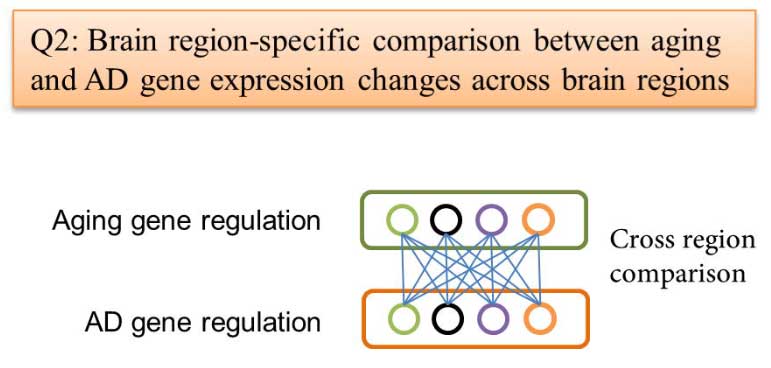
結果、
- 海馬
- 視床下部
- 前帯状皮質 BA24
- 側頭葉
が最も変化の大きい部位として同定されました。
健常人の中でも AD-like な遺伝子プロファイルを持つ群がある
健常人の脳内の遺伝子発現プロファイルはかなり多様性があったので、著者らはそれをプロファイルの類似性で3群(A群、B群、C群)にわけ、AD脳との類似性について調べました。

すると、B群 > C群 >A群 の順で、AD脳と似たような遺伝子変化が起こっていました。
内容的には、
- 翻訳後修飾(post-translational modification, PTM)
- タンパク恒常性
- 細胞骨格
- 代謝
が AD とオーバーラップしており、AD の極初期にこれらの変化が起こり始める、という可能性が示唆されました。
さらに著者らは、別のデータベースを統合して、これらの遺伝子変化と縦断的な認知機能低下等との関連を調べました。
結果、
- 健常脳-like な遺伝子変化 を持つ人達は、高齢でも認知機能が保たれる
- AD脳-like な遺伝子変化 を持つ人達は、AD型認知症を発症する
という傾向が認められました。
Aging is a major risk factor for late-onset Alzheimer’s disease (LOAD). How aging contributes to the development of LOAD remains elusive. In this study, we examine multiple large-scale human brain transcriptomic data from both normal aging and LOAD to understand the molecular interconnection between aging and LOAD. We find that shared gene expression changes between aging and LOAD are mostly seen in the hippocampus and several cortical regions. In the hippocampus, phosphoprotein, alternative splicing and cytoskeleton are the commonly dysregulated biological pathways in both aging and AD, while synapse, ion transport, and synaptic vesicle genes are commonly down-regulated. Aging-specific changes are associated with acetylation and methylation, while LOAD-specific changes are related to glycoprotein (both up- and down-regulations), inflammatory response (up-regulation), myelin sheath and lipoprotein (down-regulation). We also find that normal aging brains from relatively young donors (45-70 years old) cluster into subgroups and some subgroups show gene expression changes highly similar to those seen in LOAD brains. Using brain transcriptome data from older individuals (>70 years), we find that samples from cognitive normal older individuals cluster with the “healthy aging” subgroup while AD samples mainly cluster with the AD similar subgroups. This implies that individuals in the healthy aging subgroup will likely remain cognitive normal when they become older and vice versa. In summary, our results suggest that on the transcriptome level, aging and LOAD have strong interconnections in some brain regions in a subpopulation of cognitive normal aging individuals. This supports the theory that the initiation of LOAD occurs decades earlier than the manifestation of clinical phenotype and it may be essential to closely study the “normal brain aging” in a subgroup of individuals in their 40s-60s to identify the very early events in LOAD development. ### Competing Interest Statement The authors have declared no competing interest.
Reference
- Shouneng Peng, Lu Zeng, Jean-vianney Haure-mirande, Minghui Wang, Derek M. Huffman, Vahram Haroutunian, Michelle Erlich, Bin Zhang, Zhidong Tu. Transcriptomic changes highly similar to Alzheimer’s disease are observed in a subpopulation of individuals during normal brain aging. bioRxiv, 2021. doi: 10.1101/2021.06.01.446628do

